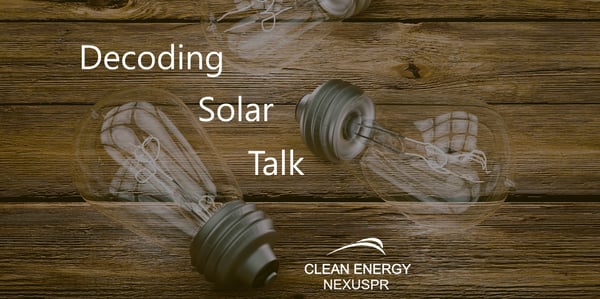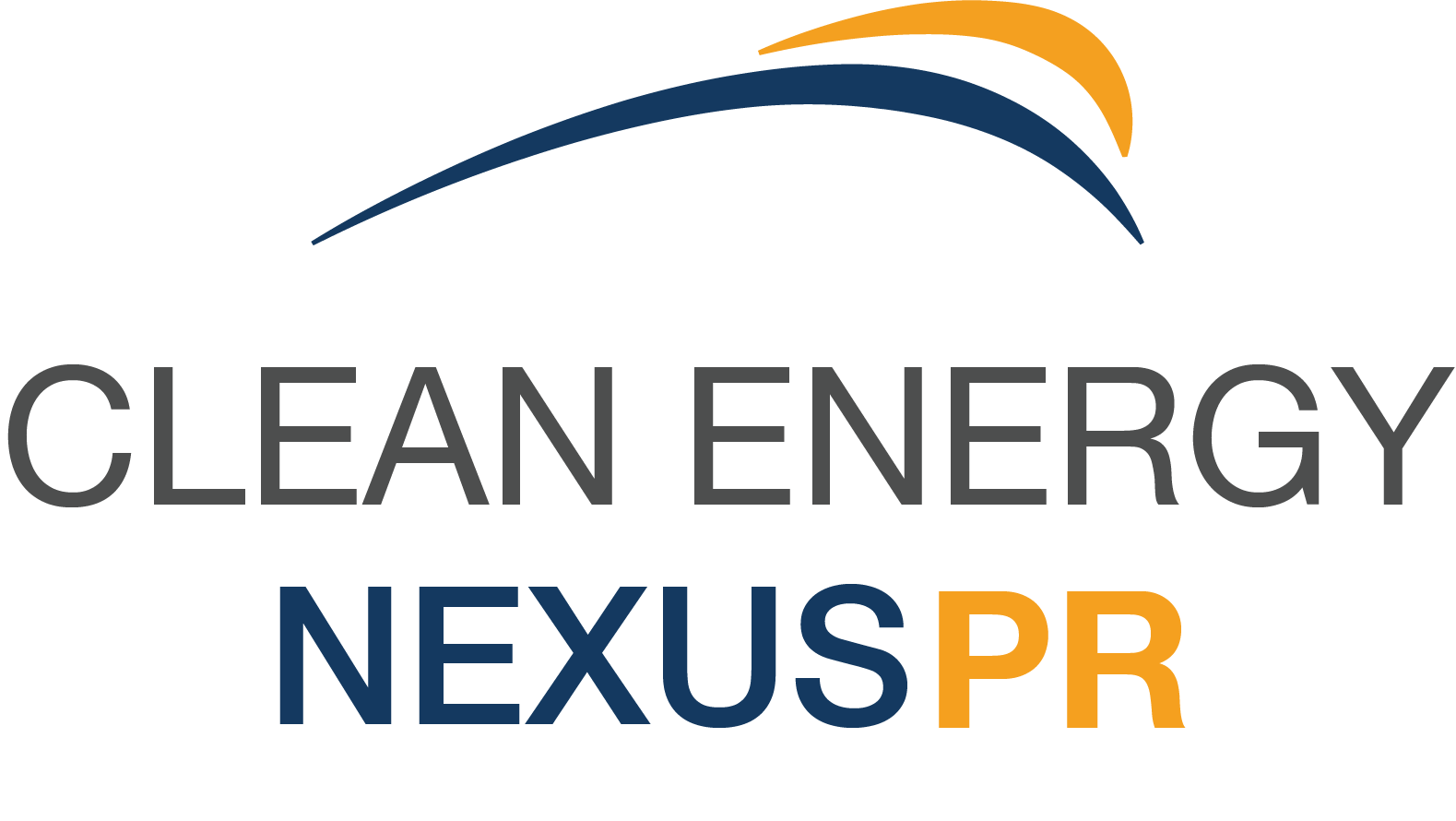Undertaking the task of Googling every solar term just to ensure you understand enough to make the best energy decisions can be daunting.
If you've ever started to look into solar and then stopped pursuing the idea because it was too difficult to understand the industry jargon, this is for you!

We've captured a few basic terms and sorted them into the categories below to give a high-level, easy-to-reference overview of solar components and often-used terms and measurements.
Equipment
Array - A collection of solar panels used to create a solar power generation system.
Inverter - A device that converts electricity from direct current (DC) to alternating current (AC) which can then be used by consumers.
Racking - The "skeleton" or "bones" of the solar system, usually metal, that forms the framing that the solar panels and other parts of the system are attached to.
Tracker - Mounted to the racking, a tracker contains a small motor that moves solar panels relative to the sun throughout the day to capture the most sunlight possible.
Panel - Usually long and rectangular, solar panels are the "guts" of the system that capture and create solar energy using solar cells.
Common Terms
Behind-the-meter - Refers to the location energy is captured on in reference to the utility meter. Behind-the-meter systems often allow the offtakers, or electricity purchasers, the option to use the energy produced by a solar power system first before it's sold to the utility.
Grid-tied - The opposite of off-grid, grid-tied means that a solar array is connected to the utility through their electrical power lines and can send power back to the utility for resale (as long as the utility has technology capable of receiving and measuring that electricity). This also means the owner of the solar power plant can use electricity from the utility when their solar panels are not collecting energy.
Bi-facial - Refers to a solar panel that can collect solar energy on both sides. Typically only installed over a commercial roof when panels can be installed at an angle rather than perpendicular to the roof to allow the backside of the panel to capture the light from the reflection off of the roof, or in ground mount arrays (where solar panels are installed in a "field" or on a racking system attached to the earth).
O&M - This acronym stands for Operations and Maintenance. Once solar panels are installed, they need to be kept working at peak capacity by cleaning them of any pollen, dust, snow, or anything else that may build up on them and decrease their efficiency. Most solar owners contract with a company that specializes in O&M to come out every 3-6 months and gently clean their panels.
Energy optimization/efficiency - Often before quoting an optimal size for a solar array, a solar partner will ask if an energy optimization or energy efficiency survey has been done. What they're trying to determine is if the energy needs will change in the near future so they can engineer the best system size for the energy consumption of their client.
Measurements
kWh/MWhr - Kilowatts per hour and megawatts per hour, respectively.
W/kW/MW - Watt, kilowatt, and megawatt, respectively. One thousand watts is equal to one kilowatt, and one thousand kilowatts is equal to one megawatt. Smaller residential solar systems typically range in size from 50 kW to 200 kW depending upon the electricity consumption of the consumer while large manufacturing facilities could require 5 to 20 MW to power all of their needs.
325W-600W - Likely refers to solar panel sizes. Sometimes panel sizes are referred to without measurements as a shorthand (ie. an array of fifty 425 panels), but they technically should read 425W, as they're measured in watts. The larger the number, the more energy they will capture and convert.
Adding basic solar terminology to your knowledge base, whether considering solar or not, gives us a starting place for energy-related discussions.
The more you know!
Picture attributed to DepositPhotos.com
